The views expressed in our content reflect individual perspectives and do not represent the authoritative views of the Baha'i Faith.
Bahai’s believe in the essential unity of all religions—that every Faith has a close connection to every other Faith. In a talk he gave at Columbia University in New York in 1912, Abdu’l-Baha said:
Consider the virtues of the human world and realize that the oneness of humanity is the primary foundation of them all. Read the Gospel and the other Holy Books. You will find their fundamentals are one and the same. Therefore, unity is the essential truth of religion and, when so understood, embraces all the virtues of the human world. Praise be to God! This knowledge has been spread, eyes have been opened, and ears have become attentive. Therefore, we must endeavor to promulgate and practice the religion of God which has been founded by all the Prophets. And the religion of God is absolute love and unity.
That’s why Baha’is endeavor to know about and better understand all religions—which, the Baha’i teachings point out, really represent one religion.
So, to continue our series of essays on Hinduism, it helps to understand that Hindus generally belong to one of four types of Hinduism—sort of like Christian denominations—and sometimes you can tell by forehead markings which denomination you have encountered.
RELATED: God Within: Meeting Your Hindu Neighbors
Forehead markings, except for the bindi (which we discussed in the previous essay), however, are rarely worn in the West. To guess the Hindu denomination, look at the art. In a typical Hindu home, you may see some of this art at a small altar where religious symbols are placed and devotional activities (pujas) are conducted daily in the homes of the devout.
Once you enter, you may see a picture or statue of a pudgy, happy-looking, young fellow—yes, he is male—with the face and ears of an elephant and rather kind, female-looking eyes. He will also probably have four arms. These multiple arms provide a way for Hindu artists to convey that they are representing a god or goddess, not a saint.
This elephant-like figure in the room is known as Ganesha (aka Ganesh, and other names too, depending on where the family originates in India), the Hindu personification of the mover of obstacles. After all, elephants are good at removing and moving into place obstacles. There are competing stories in the Hindu scriptures of how this boy with an elephant’s head came into being. One, for example, is in the Shiva Purana, and another one in the Brahma Vaivarta Purana. Both are highly mythical.
Ganesha may also have a few objects in his hands: One will probably look like a fish with a spear-like tail. It is actually a goad, a stick called ankusha in Sanskrit used to direct an animal, and it may have an ax attached to it to cut away worldly attachments. It is used by Ganesha to keep Hindus moving on the right path. Another object in one of Ganesha’s hands might be a noose or rope to remove obstacles that may be in the way and to bring people back to God. Ganesha may also be holding some sweets—rewards for good behavior—and other things too, depending on how many arms he has. Ganesha is often depicted standing on top of a mouse, which some say represents desire being crushed.
It’s really quite amazing how many moral lessons can be packed into a statue or picture of Ganesha. Think of all you could teach kids about good behavior with the various attributes and props associated with Ganesha’s image. The closest Western equivalent of a visual teaching tool is probably the stained- glass windows and gargoyles found in churches and cathedrals. In the old days, priests used to conduct lessons in front of the stained glass—especially useful when the parishioners couldn’t read. Gargoyles, by the way, represented evil spirits being chased out of the parishioners in the church.
These symbols, useful in reminding people of the good qualities religion asks them to acquire, have analogues in most faiths.
Ganesha is officially a son of the god Siva, also known as Shiva. Seeing Ganesha in a home does not, however, mean that your Hindu friend is a Saivite (a.k.a. Shaivite) who thus calls the Supreme God Siva. Ganesha is so adorable and the desire to remove obstacles so pervasive that seeing him in a Hindu home merely tells you that someone there likes the image. On the other hand, Ganesha may well be a very important object of devotion (Shivite or not) for the Hindu.
RELATED: How to Understand a Hindu Idol
So, when you see this elephant-like figure in a Hindu context, don’t be flippant or silly when commenting on the picture or carving—Ganesha is a Mahadeva, a high god in Hinduism. He is often viewed as the gatekeeper to other gods and the ruler of Hindu teaching (dharma). For this reason, Ganesha is often one of the first deities encountered in a Hindu home or temple. He is also the protector of forces below the muladhara chakra—the energy center at the base of the spine. That is, he helps control fear, lust, anger, jealousy, confusion, selfishness, unconsciousness, malice, and murder. As the remover of obstacles, Ganesha’s help is often invoked at the beginning of every endeavor. In short, Ganesha is very important to Hindus and his important work is easily understood by Baha’is.
This may be a good place to say a bit more about how many Hindus view the “gods” in their house. Many try to invoke the presence of the one invisible God through the image of the god in their house. This is often done by mentally envisioning the god while repeating a mantra (word of phrase). In the case of Ganesha, the mantra is usually “Aum”—a sacred sound. If their invocation is successful, Hindus often report an energy (shakti) coming from the image. In the case of Ganesha, it takes the form of a gentle, loving, compassionate, all-knowing force that brings contentment. The suppliant often then beseeches the aid and assistance of this god. As Ganesha is the remover of obstacles, a suppliant may often speak their problems into his right ear. The god may then bestow comfort, or guidance through dreams, or as words of direction heard during the day.
This may, at first, sound completely odd to Westerners. Yet, throughout the ages, Westerners have used religious icons in much the same way. Some Christians appeal to Saint Anthony to help find lost things, or to Saint Christopher to help animals, for example. Many keep statues or images of Christ in their homes, and in some ways, these Hindu images fulfill the same function of reminding us what we aspire to become.


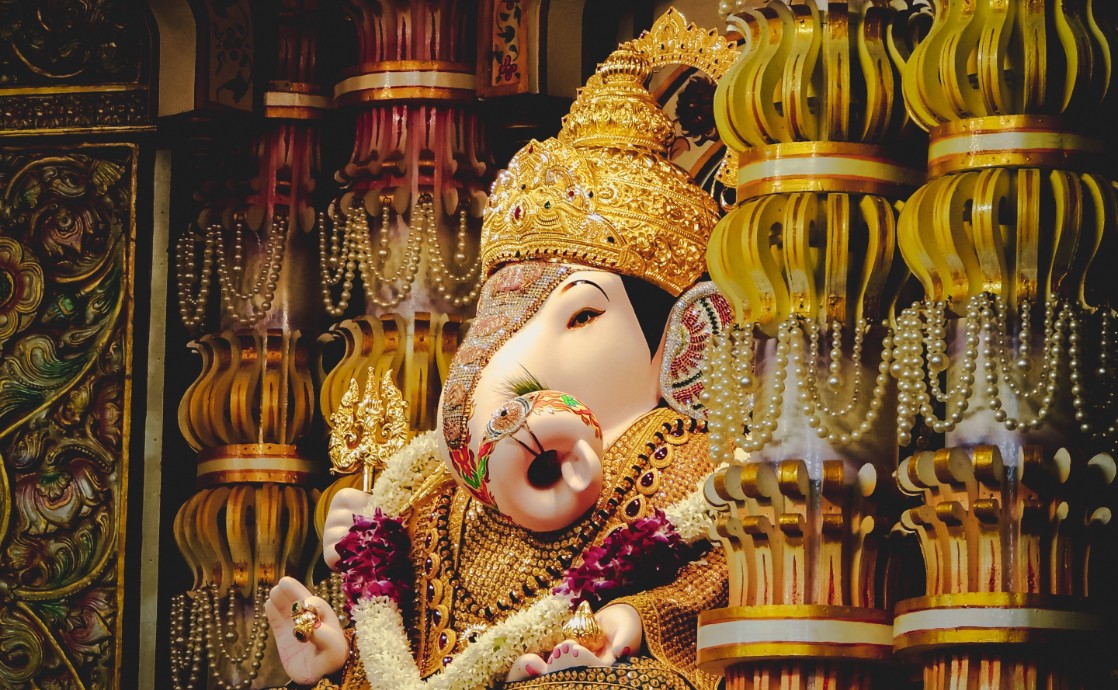



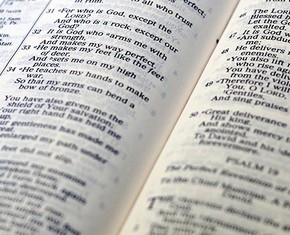
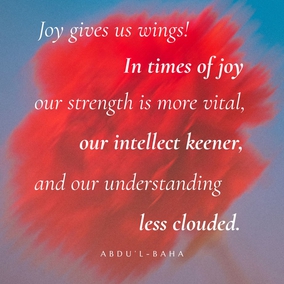
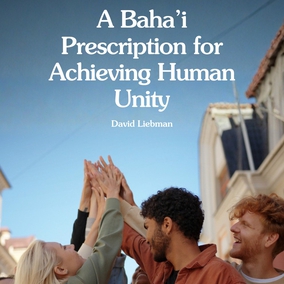


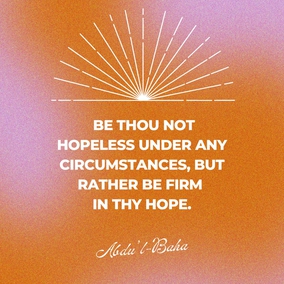
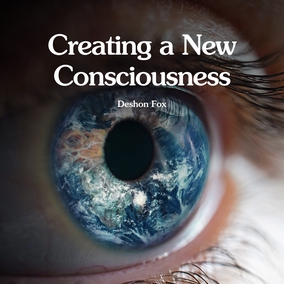



Comments
Sign in or create an account
Continue with Googleor